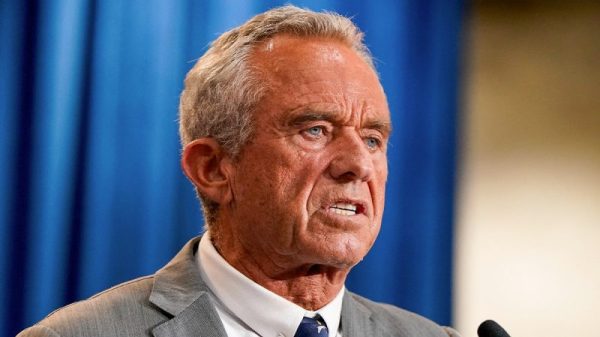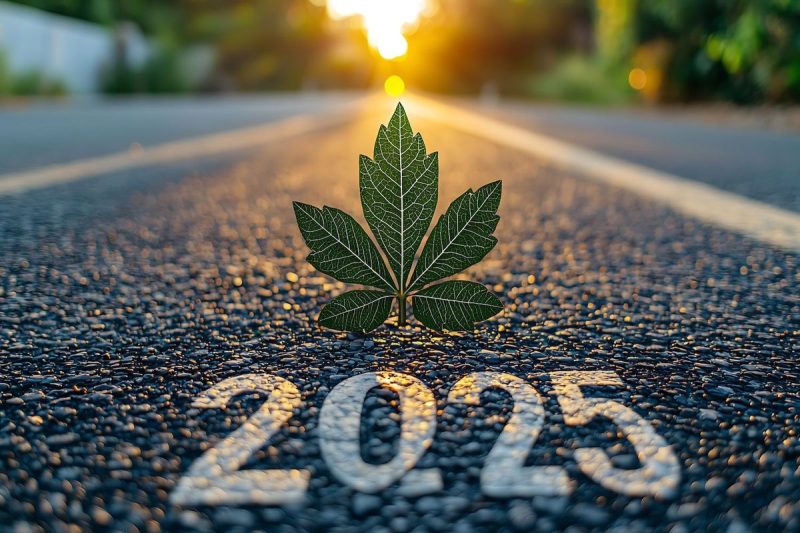Understanding trends in the cannabis industry is paramount for investors eyeing a market with steady growth potential, but the landscape is complex as products and regulations continue to evolve.
Consumption habits are changing as edibles, vaping and THC beverages gain traction, especially among younger users, and cannabis companies are adapting their offerings to meet shifting demand.
Meanwhile, regulatory uncertainty, particularly surrounding the future of the US Farm Bill and state-level restrictions on hemp-derived cannabinoids, continues to challenge the market.
Despite these headwinds, production data and long-term growth forecasts suggest the cannabis industry remains on a promising — albeit turbulent — path. Read on for more on key trends to watch in 2025.
Consumption methods evolving post-legalization
Shifts in consumer behavior are reshaping markets across the board, and the cannabis industry is no exception.
While smoking remains the dominant method of cannabis consumption, a recent report from the Centers for Disease Control and Prevention highlights the growing popularity of edibles, vaping and dabbing.
The report notes that vaping and dabbing are particularly pronounced among younger adults.
A separate study published by the American Medical Association and funded in part by the Canadian Institutes of Health Research also points to how product preferences have changed among Canadian users since legalization in 2018.
The study indicates that while the use of flower, cannabis concentrates, oil, tinctures and topicals has decreased during that time, the use of vape cartridges, edibles and beverages has increased.
Edibles and beverages were legalized in Canada in late 2019, and Truss Beverage was one of the first players to introduce cannabis-infused drinks. Truss was a joint venture formed by Molson Coors Canada (TSX:TPX.A,TSX:TPX.B) and HEXO, a cannabis company that has since been acquired by Tilray Brands (TSX:TLRY,NASDAQ:TLRY).
In early 2020, Tilray launched a lineup of confectionery, wellness products and beverages through its subsidiary, High Park; Canopy Growth (TSX:WEED,NASDAQ:CGC) made a similar move. These companies gradually brought their products to the US as more states legalized cannabis for medical and/or recreational use.
Today, established cannabis brands typically offer edibles and beverages alongside their other products. Organigram Global (TSX:OGI,NASDAQ:OGI) is one of the newest US entrants, with its April acquisition of Collective Project providing immediate access to the US hemp-derived THC beverage market.
Growing awareness of health and wellness, potentially amplified by the pandemic-led adoption of health trackers, appears to be making an impact on the alcoholic beverage market.
A 2023 Gallup poll reveals a two decade decline in alcohol consumption, particularly among younger adults, suggesting a shift towards more health-conscious lifestyles within this demographic.
Craft beer production declined by 4 percent year-on-year in 2024, according to data collected by the Brewers Association. This marked the largest drop in the industry’s history, excluding the pandemic. For small, independent craft breweries, 2024 marked the third consecutive year of declining production. A drop in the number of operating small breweries last year provides further evidence of this trend, with 501 closures in 2024 versus 434 openings.
Challenges in the alcohol market extend beyond the brewing industry, with the New York Times recently reporting the closure of a handful of nightclubs facing decreased alcohol sales alongside rising insurance and rent costs.
Meanwhile, cannabis lounges have been popping up across the US for the last several years. As of early 2025, several states had legalized or were in the process of implementing regulations for cannabis consumption lounges.
Hemp market growth despite regulatory uncertainty
The burgeoning hemp industry is another segment of the expanding cannabis market.
The legalization of industrial hemp — defined as cannabis with a THC concentration of 0.3 percent or less — through the 2018 Farm Bill led to initial investment and optimistic projections for CBD wellness products and various industrial applications. The sector’s rapid evolution also brought the rise of hemp-derived intoxicating cannabinoids, creating a market that presented both opportunities and complexities for participants.
However, after an initial boom, a lack of infrastructure and clearly defined regulations for CBD, as well as state-level variations and market oversupply, ultimately contributed to a quick retraction.
2024 was a pivotal year for the US hemp industry, as the hemp-related provisions of the 2018 Farm Bill — originally set to expire in September 2023, but extended to December 31, 2024 — created an urgent need to address critical issues like THC limits and the regulation of novel hemp-derived cannabinoids. A major point of contention was the proposed shift from defining hemp based on Delta-9 THC concentration (0.3 percent or less) to “total THC,” which includes THCA.
This change had the potential to significantly impact farmers and processors, as many hemp varieties that are compliant under the Delta-9 THC rule could exceed the 0.3 percent limit when THCA is included.
Various bills and amendments were proposed in 2024 as part of the Farm Bill discussions, each with different approaches to regulating hemp. Separate regulatory frameworks for industrial hemp and hemp grown for cannabinoids were suggested, and many states took their own action, leading to a patchwork of regulations and even outright bans.
Despite challenges, data from the US Department of Agriculture suggests signs of recovery.
The department’s annual National Hemp Report from 2024 points to an 18 percent increase in industrial hemp production value between 2022 and 2023, with output growth seen in specific sectors like floral (18 percent), fiber (133 percent) and seed hemp (414 percent). The 2025 report from the Department of Agriculture indicates further expansion, with notable increases observed in both acreage (up 64 percent from 2023) and value (46 percent).
The 2024 Farm Bill ultimately did not pass, and right now the hemp industry is operating under a temporary extension of the 2018 Farm Bill under the American Relief Act of 2025, signed into law on December 21, 2024.
The 2018 Farm Bill is now set to expire on September 30, 2025.
While analysts for Markets and Markets project that the North American hemp industry will grow at a CAGR of 22.4 percent and ultimately reach a valuation of US$30.24 billion by 2029, the future of the industry will be heavily influenced by the outcome of the ongoing Farm Bill discussions.
US cannabis legalization remains stalled
Although there is clear demand for cannabis products, the now-defunct rescheduling process in the US is likely to continue casting a shadow of uncertainty over the industry’s long-term trajectory.
Legal and procedural delays, including allegations of improper conduct and bias within the US Drug Enforcement Administration (DEA), led to hearing cancellations, and the new administration of US President Donald Trump has brought leadership changes to key agencies like the DEA and the Department of Justice.
Terry Cole, who Trump nominated to be DEA administrator on February 11, has a history of opposing cannabis legalization in the country. Similarly, Pam Bondi, Trump’s pick to lead the justice department, staunchly opposed a movement to legalize medical cannabis during her tenure as Florida’s attorney general.
While there have been bipartisan efforts in Congress to end federal cannabis prohibition and establish regulations for eventual legalization, the DEA’s actions and statements indicate a potential stall or reversal of progress.
In addition to that, new research is adding complexity to the debate.
A study published in the American Journal of Psychiatry this past March highlights an association between the use of high-potency cannabis strains and increased risks of psychosis, a factor that may not have been fully considered by the Department of Health and Human Services. As stronger cannabis strains become more widely available, a reassessment of their potential health risks may be required.
Investor takeaway
While the cannabis industry holds promise for growth and innovation, investors must remain acutely aware of the regulatory uncertainties and market volatility that will undoubtedly shape its trajectory in the years to come.
Securities Disclosure: I, Meagen Seatter, hold no direct investment interest in any company mentioned in this article.

































